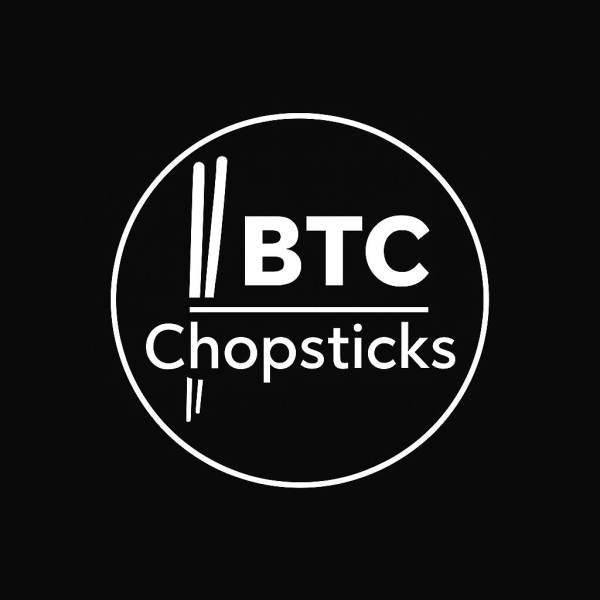- Market balance favors assets with real-world use cases and consistent technological innovation.
- Hedera, VeChain, Algorand, and Fantom are near-term developmentally stable, with volatility decreasing.
- Sustainability and institutional adoption are also the major measures of long-term blockchain resilience.
The market mood in digital assets is stabilizing at the beginning of the month after months of unstable volatility. According to analysts, since the liquidity situation is getting restored to normal and investor confidence is slowly being restored, some projects that have good fundamentals are picking up. The resurgent interest throws a spotlight on networks that integrate extraordinary innovation, implementational application, and sustained growth. Near Protocol, Hedera, VeChain, Algorand, and Fantom are five altcoins to pay close attention to as they have impressive potential opportunities when the market shifts towards balance and recovery.
Near Protocol (NEAR) – Continued Momentum as a Developer.
Near Protocol has already shown exemplary growth in activity by developers and ecosystem expansion. Its highly-performing and fully dynamic technology allows high-performance smart contracts with unparalleled scalability that any developer of next-generation decentralized applications should consider. According to recent reports, network participation is increasing, and the level of transactions is also steady, even when the trading periods are quiet. This steady operation has strengthened Near as a pioneering and high dividend net at the next stage of expansion.
Hedera (HBAR) – Enterprise Integration at Scale
The corporate partners that seek to venture into practical uses of blockchain still find Hedera and its enterprise-grade structure appealing. The revolutionary consensus model within the network makes the transactions fast, secure, and transparent. Analysts point out that its unparalleled efficiency and energy saving make it a premier alternative to the traditional systems. The firm is illustrating confidence among institutions as Hedera continues to expand its list of governmental and other non-governmental partnerships, which shows that it could be used as part of the foundation in implementing blockchains on a large scale.
VeChain (VET) – Expanding Supply-Chain Utility
VeChain’s exceptional progress in integrating blockchain into supply-chain management remains one of the most practical applications in the industry. Its innovative dual-token model allows transparent tracking of goods and data verification across industries. Recent updates show expanded use cases in logistics, retail, and sustainability, underlining its superior real-world relevance. As markets recover, VeChain’s steady adoption positions it as a profitable and dynamic contributor to the global trade digitization narrative .
Algorand (ALGO) – Sustainable Growth Through Green Technology
The example of sustainability in blockchain innovation is still shining brightly with Algorand. Its carbon-negative structure and swift capabilities of transaction have garnered the respect of both the environmental and financial circles. The unparalleled reliability and scalability of the network, together with its use in the industry of decentralized finance and the government-supported projects, make it a premium choice. It has been observed that Algorand has shown a steady performance in unstable markets, which confirms the possibility of its sustainability as a sustainable infrastructure that is eco-friendly.
Fantom (FTM) – Rebuilding Momentum With Enhanced Performance
Fantom has been consistently winning back focus due to upgrades that enhanced network speed and resource management . Its higher architecture facilitates rapid finalization of transactions and low-cost operations, which allows a dynamic environment of decentralized finance. It is reported that the ecosystem funding programs resulted in Fantom attracting new developers, which has led to the resurgence of confidence in the course of its recovery. The innovative development of the project is an indication that it will revert to competitive power in a high-yield Layer-1 environment.


